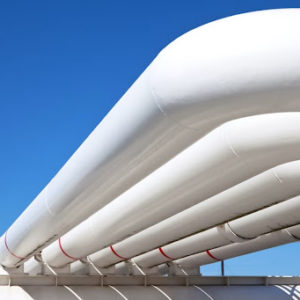-
Nord Stream pipeline flows again, first at 40% and then at 20%, foreshadowing difficult European winter
Date posted:
-
-
-
Post Author
Patrick LaveryCombustion Industry News Editor
-

Following its scheduled annual maintenance, the Nord Stream 1 pipeline resumed operation on 21 July at the 40% level it had been reduced to prior to the beginning of the shutdown, though a few days after, Gazprom announced that the level would be reduced further, to 20%. While there had been fears that the resumption of operation of the pipeline would be delayed, perhaps indefinitely, creating an even more difficult situation for Germany and other European Union countries, the situation at 20% is nevertheless highly inadequate.
Flow in the pipeline was reduced to 40%, Moscow had originally explained, because a turbine required repair. That turbine was repaired by Siemens Energy in Canada and given an exemption from sanctions for export to Russia, but is now ‘stuck’ in Germany, in the words of Reuters, after being flown to Cologne on 17 July. It is unclear at this stage when it will be able to be transported to the Russian Portovaya compressor station at Vysotsk, to the north-west of St Petersburg, and if, when returned, the flow of gas in Nord Stream will increase.
The explanation for the subsequent drop to 20% is that a different turbine is now requiring maintenance, but as the BBC reports, the German government believes there is no technical reason to limit gas supply. One suspects that the Russian side will not hasten any increase in flow, so as not to allow European countries to build gas reserves for the winter. This only emphasises that commercial trust is now broken to such an extent that Europe will turn to alternative energy sources permanently, reshaping its energy landscape, and the wider world’s, for decades to come.
